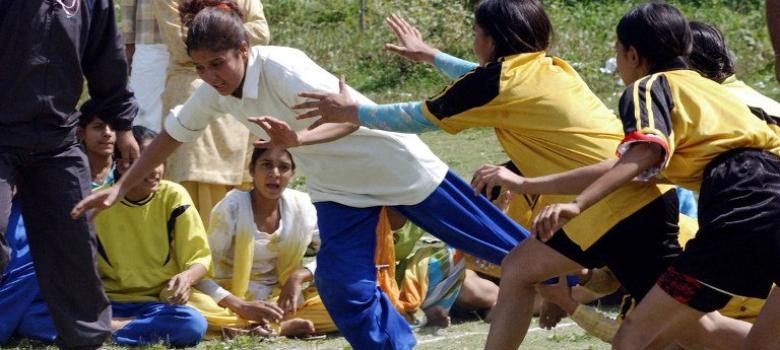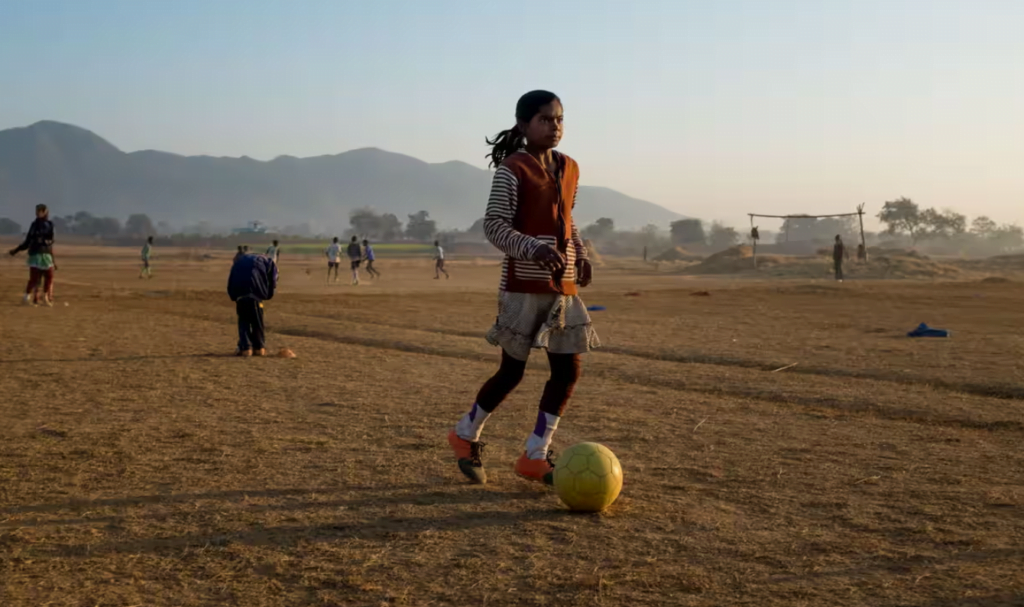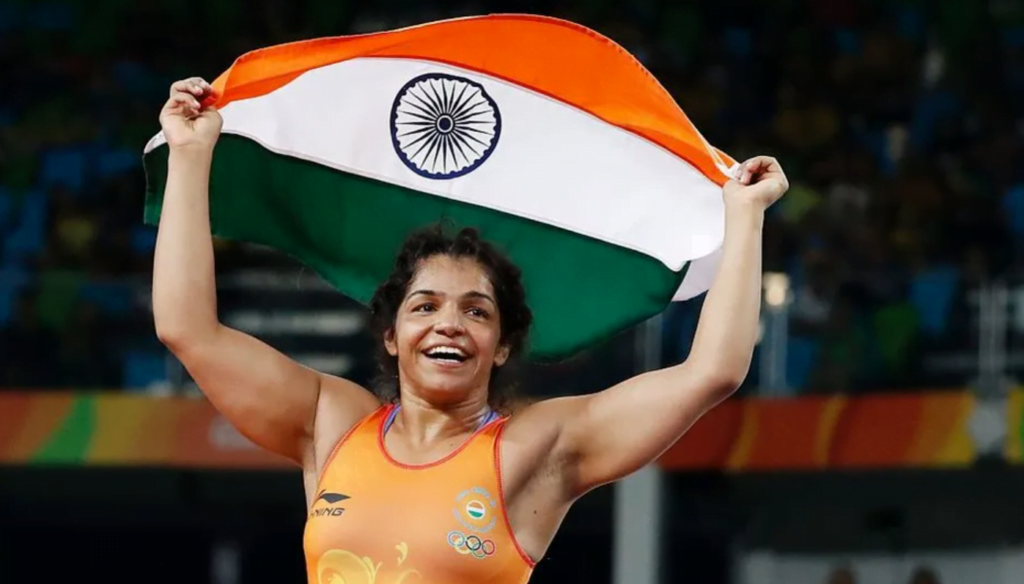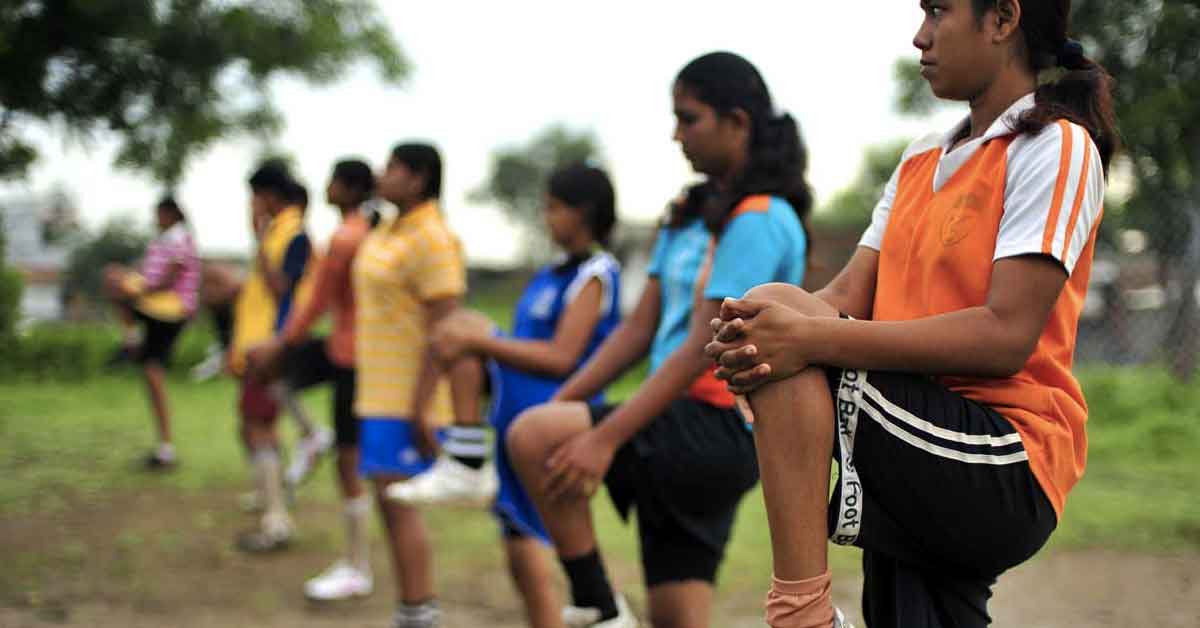While sports have long been celebrated as a platform for physical well-being, personal growth, and empowerment, a disconcerting reality unfolds as a significant number of young women disengage from athletic pursuits after a certain age.
Studies that came out in the last couple of years say that more than 1 million teenage girls “fall out of love,” with sports after a certain age. Ahead of International Women’s Day, over a year back, Women in Sport reported that over one million teenage girls (43 per cent), who previously identified as “sporty,” stopped engaging in sports after leaving primary school. Opting out is prompted by fears of being evaluated by others (68 per cent), a lack of confidence (61 per cent), academic expectations (47 per cent), and an overwhelming feeling of uneasiness outside (43 per cent).
The research also revealed that barriers and entrenched negative attitudes significantly impact girls’ enjoyment of sports. Body image and puberty emerge as notable factors, with 78 per cent stating they avoid sports during their period, and 73 per cent expressing discomfort when others observe them participating in activities.
According to the Women’s Sports Foundation, 40 per cent of teenage girls are not actively involved in sports, highlighting a significant gender disparity, with boys having 1.3 million greater sports opportunities than girls.
This begs the question: What factors contribute to the distinct decline in female participation in sports, and how do these patterns compare to those observed in young men?
The disturbing trend of young women dropping out of sports
According to a report on the International Academy Of Sport Science & Technology that came out a couple of months ago, the experts relate women’s athletic challenges to the unequal assistance they get compared to boys from a young age. According to studies, females aged 6 to 9 are just as interested in sports as boys. However, by the age of 14, girls drop out of sports at six times the rate of boys. Researchers say that this disturbing trend arises from the varied rewards girls and women receive for participating in sports.

Analysing more into this complex issue, it becomes obvious that the reasons for young women’s withdrawal from athletics are numerous and deeply rooted in societal, cultural, and psychological constructs. Exploring these aspects is crucial not only for understanding the underlying causes but also for building an environment that encourages long-term female participation in sports, ensuring that the myriad benefits of physical exercise are available to all, regardless of gender.
Initially, young girls often meet opposition at home owing to fears about potential damage. Furthermore, stringent dress rules prevent them from wearing appropriate sportswear, such as shorts, because they are afraid of harassment and abuse while playing. This uncomfortable setting usually causes humiliation and fear for many females, hindering their involvement in outdoor activities.
When it comes to high school sporting activities, girls have 1.3 million fewer possibilities than boys do. The insufficient provision of physical education in schools, along with restricted opportunities to participate in sports at both the high school and college levels, drives young women to seek alternatives, which may be non-existent or need additional costs. Furthermore, there is sometimes a dearth of sufficient playing grounds near their homes, hampering girls’ participation in sports.
The attitude towards sports and women’s participation in sports is a major reason behind this. A report on recent research from BBC, reveals a global sentiment where 41 per cent of individuals believe that female athletes are on par with their male counterparts. Conversely, one-third of surveyed Indians hold the view that sportswomen are not as skilled as sportsmen. Furthermore, 37 per cent of respondents express concerns about the perceived femininity of female athletes, and 38 per cent believe that sports featuring women are less entertaining than those featuring men.

Interestingly, despite these perceptions, an overwhelming 85 per cent of Indians support equal pay for both genders in sports. This complex perspective underscores the ongoing challenge of dismantling stereotypes while advocating for fair compensation and gender equality in the world of sports. As per the research, over one-third of respondents said sports were unsuitable for women because of safety issues, the notion that women are not strong enough, and the fact that they cannot participate in sports at all times of the month.
For many young girls, especially in densely populated metropolitan areas, getting to a decent sports facility might involve trekking through dangerous neighbourhoods or being without transportation to a good facility that is miles away. The only choice left for a girl and her family could be to stay at home if there is not a safe alternative, like driving with other families.
In a world where gender disparity is still prolonged, these alternative options in the way of pursuing dreams may seem blurry to many girls, unfortunately. When this is the situation for many young women in the urban areas, girls with sports dreams and talents in the rural areas are even worse with a lack of basic rights to engage in their liking, especially sporting activities.
Discrimination against female athletes based on their perceived or real sexual orientation and gender identity still exists, despite recent advancements. Girls who play sports may experience negative performance reviews, bullying, social isolation, or even losing their starting positions. The fear of being called “gay,” in the socially awkward adolescent years is strong enough to discourage many girls from playing sports, as per a study.
The conjunction of misogyny, homophobia and gender disparity impacting young minds at an early age is unfortunately disheartening and equally alarming for a future that should be inclusive and brighter for all irrespective of their liking, gender, or sexual orientation.
What can be done?
As per a report from Reuters, over the last decade, research has highlighted sports’ transformational influence, which extends beyond health advantages to serve as a dynamic platform for greater developmental goals. Sports not only have an impact on schooling and personal development, building self-esteem and confidence, but they also act as significant social connectors, transcending gender gaps.

Conversely, other studies emphasise the profoundly positive impact of sports on girls, fostering confidence, self-esteem, and critical skill development. Thus, offering robust support for young female athletes becomes pivotal for their holistic development, mirroring the significance accorded to boys in the realm of sports where it has played an important role in breaking down conventional boundaries, allowing girls to be visible in public settings that have traditionally been controlled by men. In this arena, conventions are challenged, and females not only participate but also excel, altering the game’s ownership narrative.
These include cultural expectations, gender stereotypes, access to resources, and the psychological consequences that lead to the uneven trajectory of young women and men in sports. By deconstructing these factors, society with its collective efforts calls to shed light on the issues encountered by young women, setting the way for educated conversations and meaningful measures to reverse the trend and build a more inclusive athletic field for future generations.
India possesses a profound and expansive sporting heritage that extends over millennia. Embracing diverse sports, from the swiftly growing ancient team game of Kabaddi to the widely beloved and often regarded as the nation’s favourite, Cricket, the country’s sporting legacy is both varied and treasured.
A report that dived further into the topic of how Girls’ sports in India are transforming the narrative and contributing to the fight against child marriage says that playing sports and participating in discussions may have a big influence on girls’ relationships and awareness of topics such as child marriage.
Outdoor sports build teamwork and enable frank talks about personal topics like physical changes. This openness enables females to learn and solve gender inequalities. When they learn of another girl’s early or forced marriage, they might exchange information and seek guidance. This mix of games and athletics can lead to a variety of approaches to preventing child marriage.
In a country where encouraging women in athletics has proven difficult, Indian athletes are emerging as prominent trailblazers, surpassing their male counterparts. A notable example of this trend is India’s unrivalled triumph in the 2016 Rio Olympics, when both medallists, Sakshi Malik and P.V. Sindhu, were women.
This trend continued in the 2014 Asian Games, as women won over half of India’s 57 medals, notably in track and field. These Indian sportswomen’s astounding achievements not only defy preconceptions but also signal a dramatic shift in the understanding of gender roles in sports.

Recently, with Sakshi Malik’s retirement announcement in response to Sanjay Singh’s appointment as the new chief of the Wrestling Federation of India, Sanjay Singh’s association with Brij Bhushan Singh, accused of sexual harassment by six female wrestlers, raises concerns about the safety and fair treatment of women in wrestling.
This underscores the pressing need for open approaches to resolving gender disparities in sports administration while also cultivating an inclusive and respectful culture for female athletes. It also highlights the gender imbalance in sports, which prevents young women from following their athletic goals and contributes to a lower participation rate in sports. To narrow the sports participation gap between young girls and boys in India, focused activities must be implemented to break down cultural barriers and promote inclusion.
Addressing the underlying reasons for this disparity is critical to building a future in which girls have equal opportunities and are encouraged to actively participate in sports.




